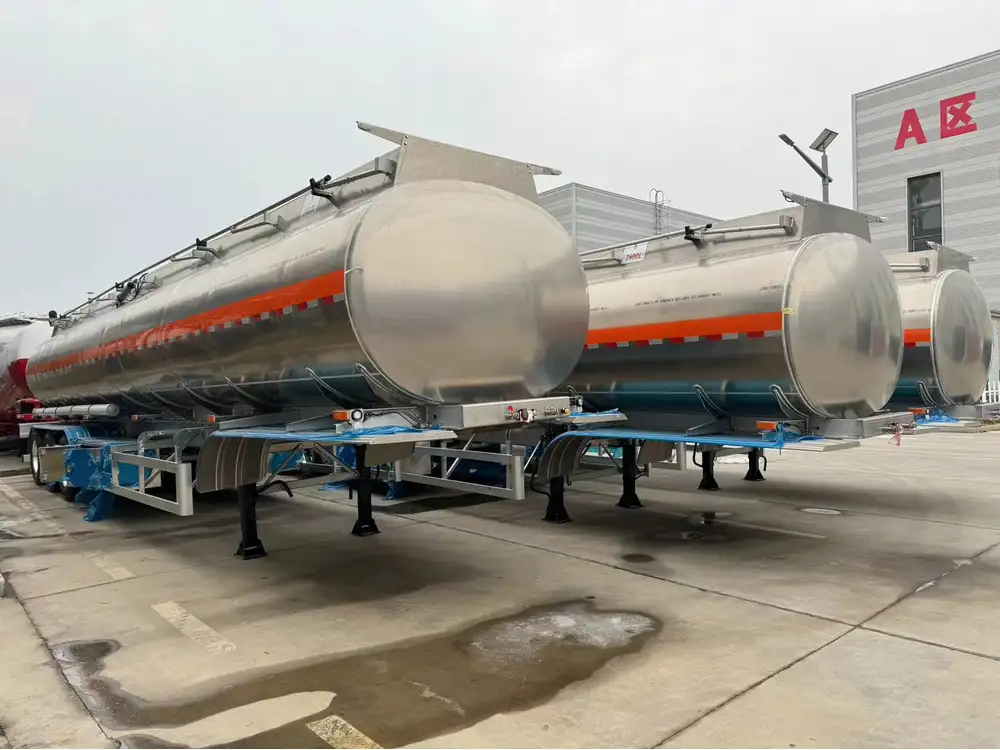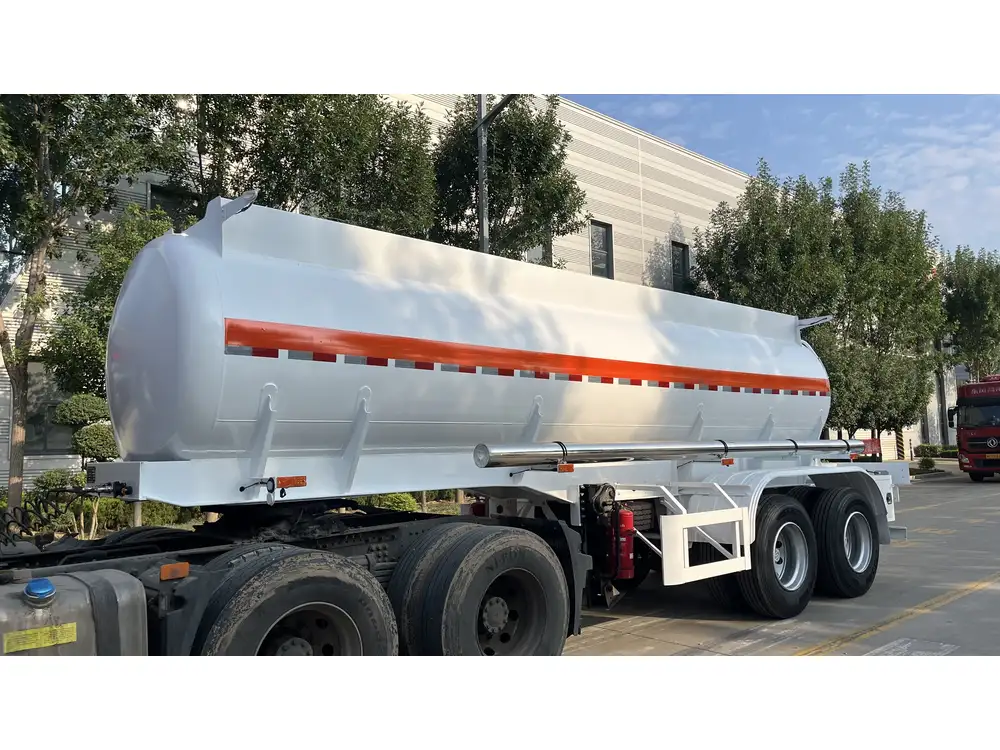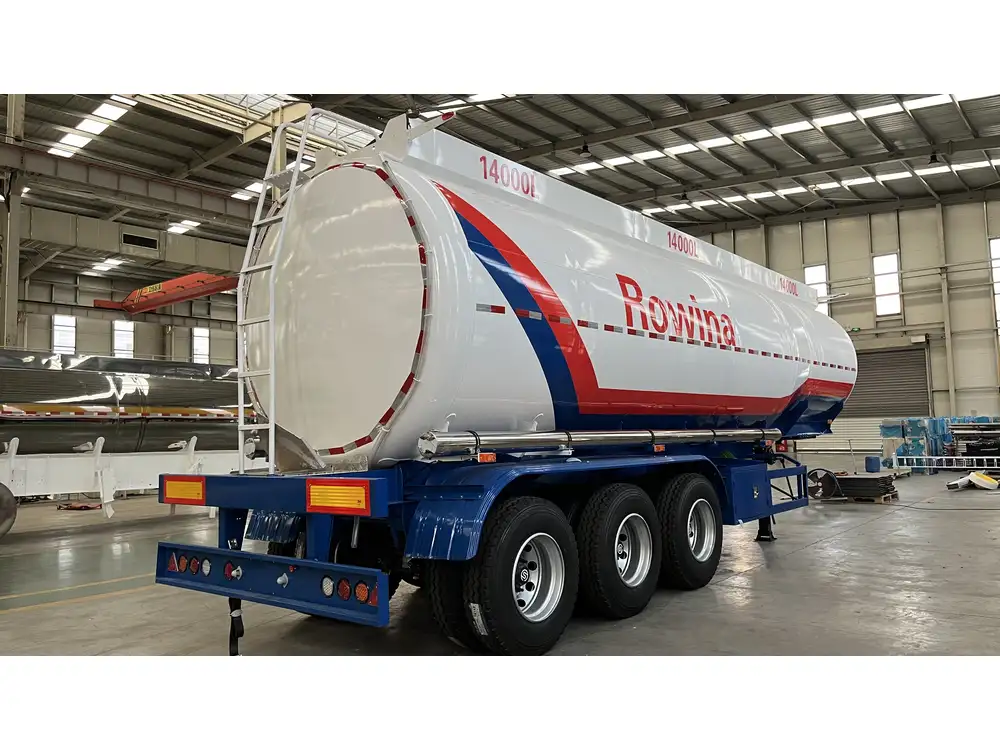When it comes to horse trailers, ensuring that they are equipped with the necessary amenities for both the equine passengers and their caretakers is paramount. One crucial aspect that often goes overlooked is the placement and installation of holding tanks. Choosing the right location for holding tanks on your horse trailer can optimize functionality, safety, and ease of use. In this guide, we will delve into the intricacies of where to place holding tanks, evaluating various factors to enhance your trailer’s efficiency and suitability.
Understanding Holding Tanks in Horse Trailers
What are Holding Tanks?
Holding tanks are containers designed to store waste, whether it’s liquid or solid, generated from various activities. In horse trailers, these tanks are generally used for retaining wastewater from sinks, showers, or other plumbing facilities. Proper placement and maintenance of holding tanks ensure cleanliness and adherence to regulations, providing comfort for both horses and humans.

Types of Holding Tanks
Before we dive into placement strategies, it is essential to understand the types of holding tanks available for horse trailers:
| Tank Type | Description | Utilization |
|---|---|---|
| Black Water Tank | Stores waste from toilets. | Ideal for trailers equipped with bathroom facilities. |
| Gray Water Tank | Holds wastewater from sinks and showers. | Necessary for trailers with kitchen or bathing facilities. |
| Fresh Water Tank | Stores potable water for human use. | Essential for hydration and cleaning needs. |
Key Factors Influencing Placement
The next step is to consider several critical factors that influence where we should position our holding tanks on a horse trailer.
1. Weight Distribution
Achieving a balanced weight distribution is vital for the safe towing of your horse trailer. Improperly balanced weight can lead to swaying or difficulties with handling.
Axe Position
- Place holding tanks close to the trailer’s axles to ensure even weight distribution across the trailer.
Placement in Relation to the Load
- When mounting the tanks, consider the weight of the horses. Heavier holding tanks can offset the load of the horses, leading to better stability.

2. Accessibility for Maintenance
Two essential areas should be considered concerning accessibility:
Access for Emptying and Cleaning
- Holding tanks should be installed where they can be easily accessed for routine maintenance. A side entry can be beneficial for cleaning and emptying the tank easily.
Inlets and Outlets
- Position the tanks close to the bathroom or sink inlets to minimize the length of plumbing that needs to be installed, which can also prevent plumbing issues in the future.
3. Safety Considerations
When determining where to locate the holding tanks, pay special attention to safety factors:
From a Fumes Perspective
- Ensure tanks are placed away from living areas in the trailer, minimizing exposure to odors and harmful fumes.
Structural Integrity
- Employ reinforced mounting techniques to ensure that even when full, the tanks won’t cause undue stress on the trailer’s structure.

Recommended Locations for Holding Tanks
Optimal Placement Locations
1. Underneath the Trailer
Mounting holding tanks underneath the trailer helps maintain a lower center of gravity, improving stability. This is particularly advantageous for larger tanks.
Pros:
- Reduces interior clutter.
- Easier access to plumbing.
Cons:
- Vulnerable to road debris.
- Maintenance access might be hindered.

2. Near the Axles
Placing tanks close to the axles ensures optimal weight distribution and closer proximity to bathroom facilities. This area is often more structurally sound as well.
Pros:
- Maintains stability and balance.
- Shorter pipe length required for connections.
Cons:
- Potential for limited space depending on trailer design.
3. Inside the Horse Compartment
This offers easy access but may raise the center of gravity, potentially affecting towing dynamics.
Pros:
- Immediate access to holding tanks for quick actions.
Cons:
- Reduces space for horses.
- Possible odor issues.
Suggested Layouts
Here’s a table documenting possible layouts with benefits and drawbacks to help visualize your options:
| Location | Benefits | Drawbacks |
|---|---|---|
| Underneath trailer | Low center of gravity, minimizes interior space | Vulnerable to debris, harder to maintain |
| Near the axles | Optimal weight distribution, short plumbing lines | Installation complexity, limited space |
| Inside horse area | Easy access for waste management | Reduces horse space, potential odors |

Installation Considerations
Choosing the Right Tanks
Opt for tanks that are:
- Durable: Use high-density polyethylene for optimal durability.
- Size Appropriate: Choose tanks that fit your usage needs—typically, 25 to 50 gallons for gray water and 15 to 30 gallons for black water are sufficient for most trailers.
Additional Accessories
Consider adding the following accessories to improve holding tank functionality:
- Level Gauges: This will allow for easy monitoring of the tank levels, preventing overflows.
- Valves and Connectors: Ensure strict adherence to regulations; utilize high-quality valves to prevent leaks.

Best Practices for Maintenance
To ensure longevity and efficiency of your holding tanks, follow these best practices:
- Regular Inspection: Perform routine checks for leaks or damages.
- Cleaning: Use non-toxic cleaners to maintain sanitary conditions inside the tanks.
- Winterization: In colder months, make sure to winterize tanks to avoid freezing and cracking.
Conclusion
Effectively placing holding tanks in your horse trailer is pivotal for enhancing functionality, safety, and convenience. By considering factors such as weight distribution, accessibility, and safety measures, you can select the optimal location tailored to your needs. Whether situated underneath the trailer, near the axles, or even within the horse compartment, careful planning and execution will ensure the smooth operation of your horse trailer. Equipping your trailer with the right infrastructure not only optimizes its usability but also guarantees a comfortable and efficient transition for your equine companions and their caretakers alike.
Final Thoughts
The importance of maintaining your horse trailer, particularly regarding holding tank placement, cannot be overstated. The right installation will greatly enhance your trailer’s usefulness and reliability, setting you and your horses up for secure travels and enjoyable experiences on the road.



